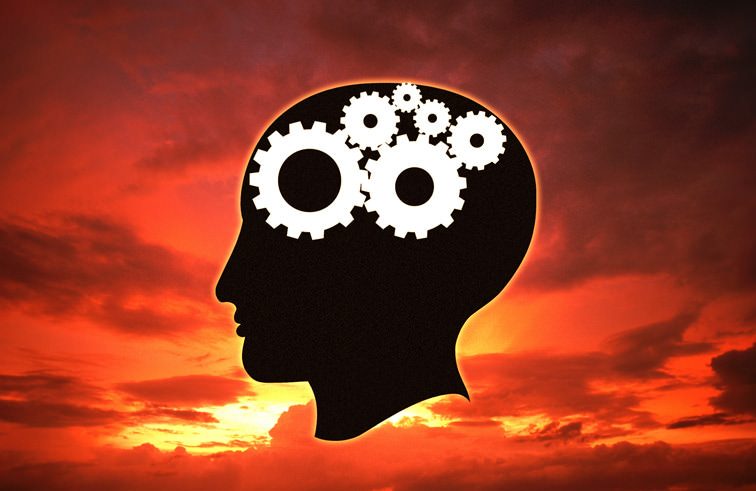
and the Feeling Brain, at any moment, our rate of breathing, blood flow, tension in our muscles and constriction in our gut represents a pattern in our brain that we can identify as a feeling. When we understand the source of our physical reactions, we have the information to make decisions and resolve many of our personal problems.
We may even look at our feelings and thoughts as symptoms that lead us to the emotional source. Emotions may or may not disappear with awareness, but only when we identify them can we understand them, and then consciously choose how we want to behave. By paying attention to our feelings, we can improve how we manage this process we call “life.”
Additionally, when we understand that our emotions are biological reactions, that our brain is simply reacting in ways it perceives to be beneficial to our health and happiness (see the description of how the brain works in the next section), we free ourselves from the shame, blame, guilt and anger caused by not understanding why we think and behave as we do. Instead, we learn how to forgive ourselves for being human. Once vindicated, we can then find gentler ways to talk ourselves into redefining happiness and into trying out new thoughts and behaviors.
The Three Brains
Outsmarting our brains starts with looking at how the brain functions. If we study the neurobiology of the brain, we can track how input is affected as it travels through the brain. What we find is an intricate system that often operates at a pre-cognition level, meaning there is much going on outside of our awareness. In fact, the logical, knowing center of the brain is the last to be activated when data from external sources is processed.
This isn’t an accident of nature. The brain’s motto is “Survival First!” The design came into existence when “eat or be eaten” and propagation of the species were truly the priorities of the day. The brain’s primary function is to keep the body, and the species, alive.
Download Article
















